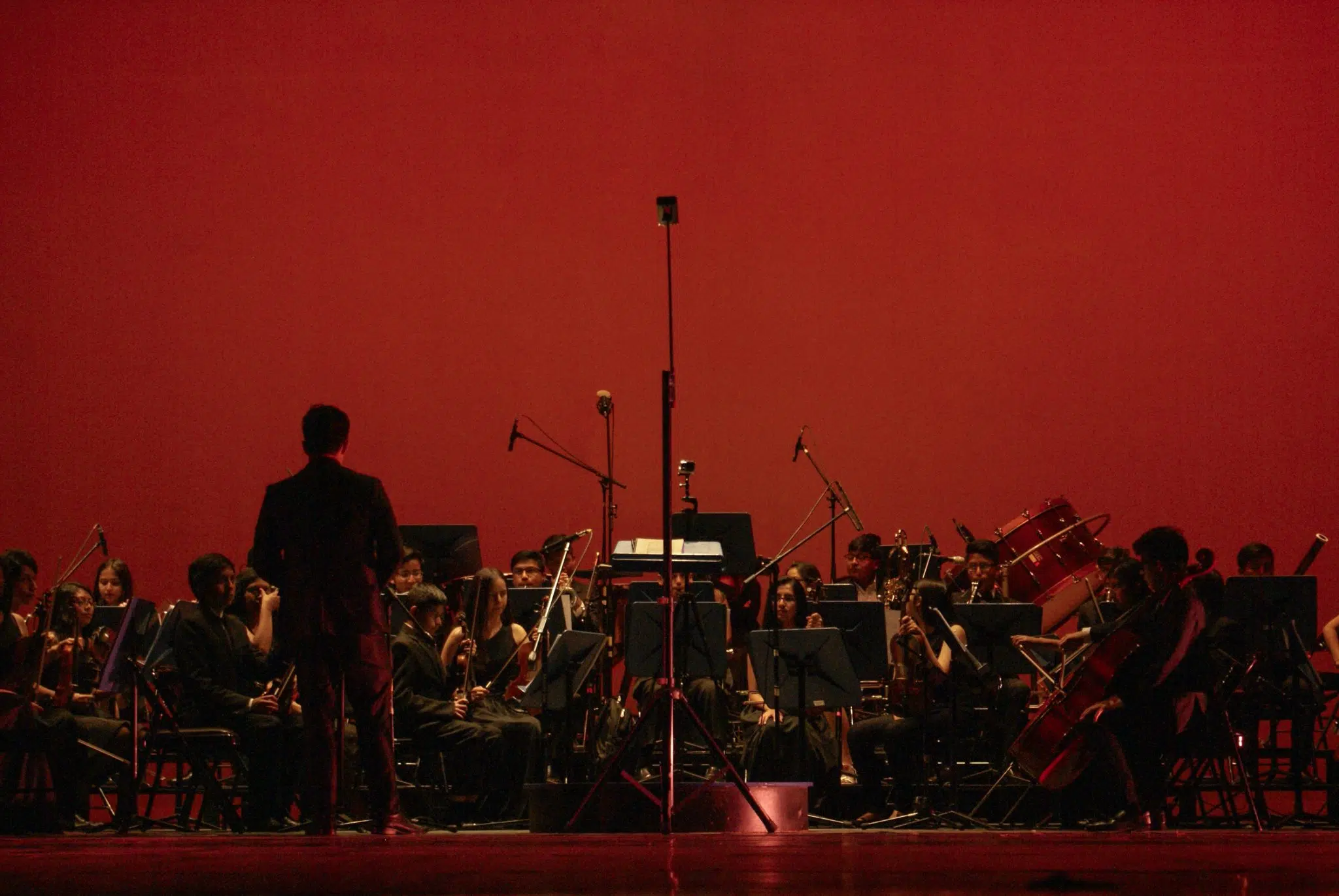
Anthology "Sirènes". Berlioz : Les Nuits d'été / Wagner : Wesendonck Lieder / Liszt : famous lieder Stéphanie d'Oustrac, Pascal Jourdan
In recording this first recital for harmonia mundi, Stéphanie d'Oustrac and Pascal Jourdan wished to measure themselves against three cornerstones of Romantic music, three composers who each in their own way made a decisive contribution to the evolution of the lied (Liszt), or even to the birth of the French mélodie, in the case of Berlioz’s Les Nuits d’été. Much more widely known in their sumptuous orchestration, these songs take on a completely different dimension when accompanied by the sobriety of a piano. This artistic approach found its ultimate resonance in the five Wesendonck-Lieder, which Wagner originally intended as a simple duo for voice and piano, though they were eventually to form one of the most famous cycles in the history of the lied.
Artists
- Mezzo-soprano
- Pascal JourdanPiano
Composers
Contents
FRANZ LISZT [1811-1886]
· Die Loreley, S. 273/2 (6'07)
· Freudvoll und leidvoll, S. 280/1 (2'17)
· Es war ein König in Thule, S. 278/2 (2'50)
· Im Rhein, im schönen Strome, S. 272/2 (2'52)
· Freudvoll und leidvoll, S. 280/2 (3'10)
· Über allen Gipfeln ist Ruh, S. 306/2 (3'52)
HECTOR BERLIOZ [1803-1869]
Les Nuits d'été, Op. 7, H. 81A
· 1. Villanelle, H. 82 (2'35)
· 2. Le Spectre de la rose, H. 83 (6'20)
· 3. Sur les lagunes, Lamento, H. 84 (6'06)
· 4. Absence, H. 85 (4'43)
· 5. Au cimetière, Clair de lune, H. 86 (5'58)
· 6. L'Île inconnue, H. 87 (3'23)
· La Mort d'Ophélie, Op. 18 No. 2, H. 92A (6'11)
RICHARD WAGNER [1813-1883]
Wesendonck-Lieder, WWV. 91
· 1. Der Engel (2'57)
· 2. Stehe still (3'31)
· 3. Im Treibhaus (6'16)
· 4. Schmerzen (2'26)
· 5. Träume (4'13)


